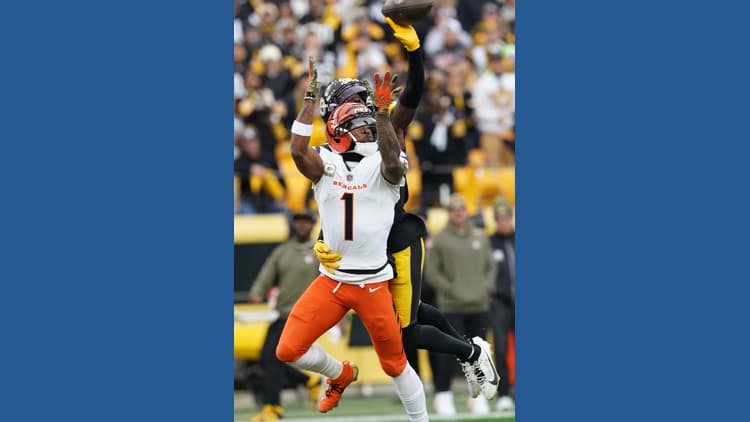LeBron Becomes First to Play 23rd Season, Lakers Win
LeBron James returned from a layoff to make history by becoming the first player in NBA history to suit up in a 23rd season, playing 30 minutes in a 140 to 126 home victory over the Utah Jazz. His comeback at age 40, after missing the first 14 games with sciatica, matters because it bolsters the Lakers on the court and revives the league's star power at a moment when injuries have strained marquee narratives.

LeBron James walked back onto the Crypto.com Arena floor on Wednesday night with the kind of quiet authority that has come to define a career built on reinvention. He logged 30 minutes in his season debut, finishing with 11 points and 12 assists as the Los Angeles Lakers defeated the Utah Jazz 140 to 126. The appearance made him the first player in NBA history to play in a 23rd season, a milestone that landed at age 40 after a 14 game absence for sciatica.
The headline numbers belong to Luka Dončić this season in a Lakers uniform. Dončić led the team with 37 points, driving the offense with a scoring surge that complemented LeBron's playmaking. Austin Reaves and Deandre Ayton provided important secondary scoring and interior presence, helping Los Angeles extend what the team has called a strong start to the season. The victory was both a team performance and a moment of narrative continuity for a league that has watched many of its biggest names battle injuries this year.
From a performance standpoint, LeBron's line reflected an adaptation of role and minutes. Thirty minutes at age 40 signals a cautious reentry, yet the 12 assists underscored his continued impact as a facilitator and floor organizer. He did not carry the scoring load, but his ability to marshal the offense and create opportunities for teammates remains a core value. For Dončić, the game was evidence that the Lakers are not a one player ensemble and that the new backcourt partnership can produce high volume scoring nights without sacrificing balance.
The outing has industry implications beyond the box score. The NBA markets itself through star personalities, and LeBron's historical milestone is a marketing windfall at a moment when viewership and sponsorships are sensitive to the availability of marquee players. Teams and broadcasters prize continuity of star appearances because they drive ratings, ticket sales, and global streaming subscriptions. LeBron's return is likely to ignite renewed interest from casual fans and international audiences, even as the league continues to navigate the realities of player load management and medical conservatism.
Culturally, LeBron's presence at 40 reinforces the evolving idea of athletic longevity. Advances in sports medicine, nutrition, and individualized training are extending careers, and LeBron has become the most visible exemplar of that change. His transition into more of a conductor than a primary scorer also frames a generational handoff, with Dončić emerging as the early focal point for Lakers offense and broader media attention.
There are broader social currents as well. LeBron has always occupied a space that blends athletic excellence with cultural influence. His continued visibility sustains conversations about athlete labor, the economics of superstar branding, and the role veteran players play in mentoring younger teammates. Wednesday night was more than a box score milestone. It was a reminder that the NBA remains a center of cultural gravity when its biggest names are on the floor, and that those appearances have ripple effects across business, fandom, and the sport itself.


